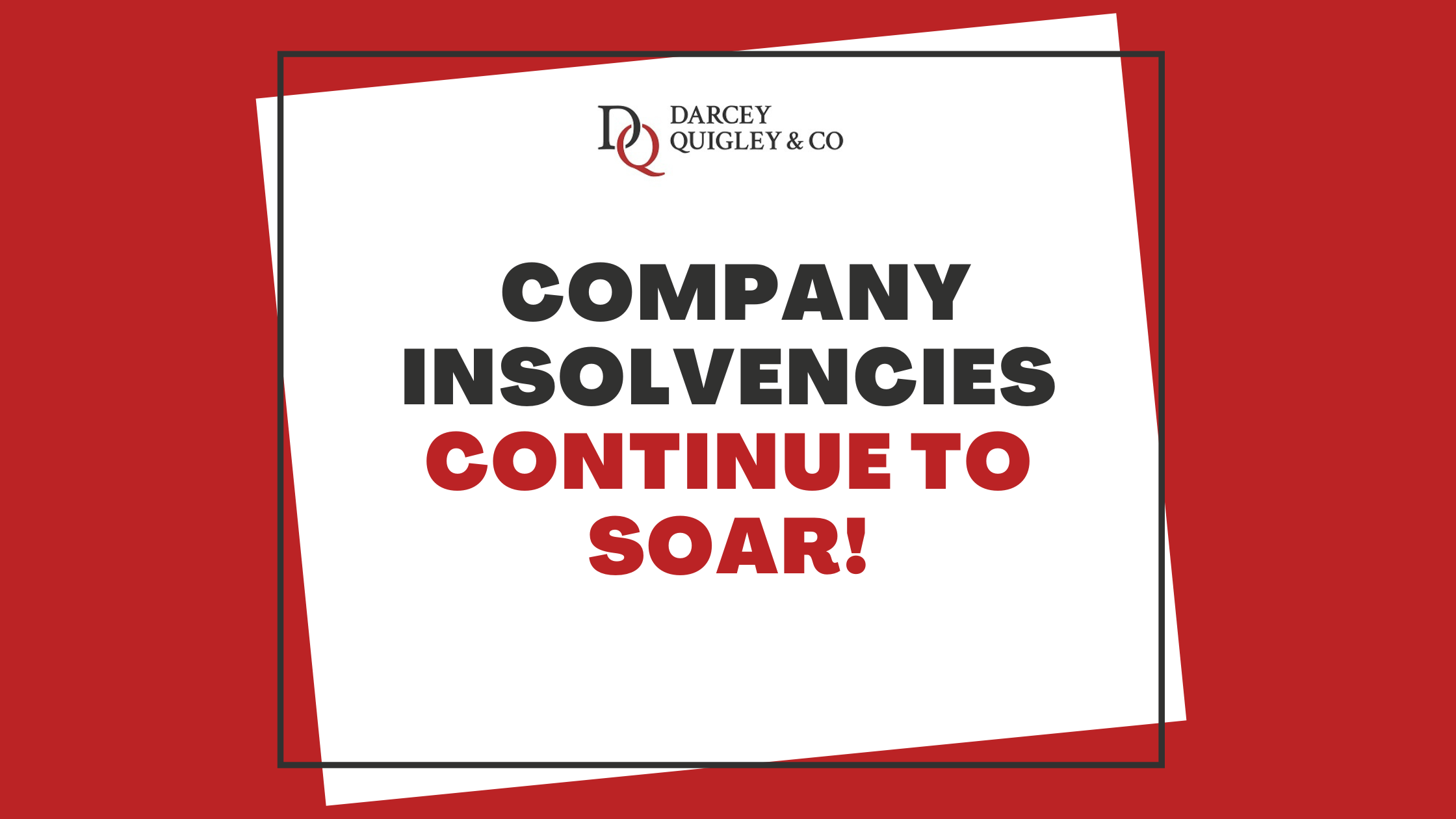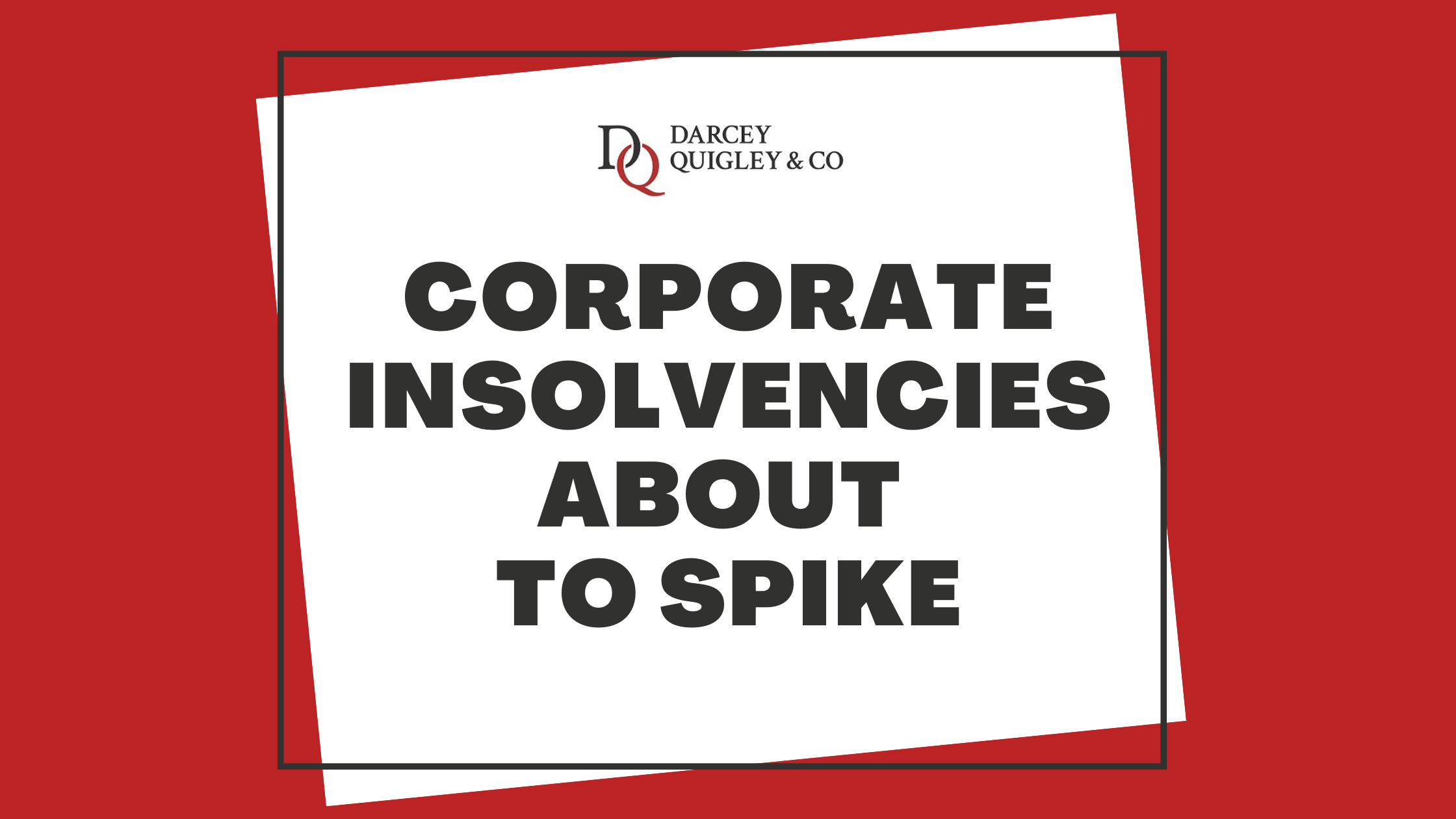6 Tips For Better Cash Flow
As we have mentioned in previous blogs having a healthy cash flow is vital if your business is going to grow and thrive.
Positive cash flow means you have more cash coming into your business than you do going out and this is good for a number of reasons:
- Control: With more liquid cash coming in compared to what you’re spending you are in more control of allocating cash where it is best placed to help you grow. This could be investing in new premises, recruiting staff or advertising.
- Planning for the future: Following on from the above point a healthy cash flow makes it easier to plan for the future, as forecasting profit can be more complicated than understanding how much cash you have coming in vs. going out.
- Protect your reputation: A healthy cash flow means you can pay your suppliers on time, maintaining your reputation and keeping professional relationships healthy.
- A clearer understanding of your business: Keeping an eye on your cash flow will give you more insight into where your business may be over or underspending, allowing you to make informed decisions to help your business.
Your business may be very profitable but if you have weak cash flow you could potentially run into some problems such as paying invoices late which will damage your credit rating and reputation with creditors and suppliers.
A business with weak cash flow will also be much more likely to need to borrow in order to cover costs in the short-term therefore spending money on fees and high interest rates.
Here are six tips for better cash flow:
1. Speed up your accounts receivables process
Having efficient accounts receivables processes means you will have quicker access to cash as it comes through your business. Ways that can improve your accounts receivables process are being prompt and proactive when sending invoices and chasing payments. We can not stress the importance of doing this if you want to get paid quicker.
2. Manage inventory more efficiently
Any stock you have lying on shelves is cash that you could be sitting on. A regular check on what inventory you have laying dormant, what stock is selling well and what stock isn’t will allow you to work smarter when it comes to ordering new stock. If you have a surplus of stock encourage customers to buy more by bundling items together or look at discounting stock as a last push.
3. Keep tabs on late payers
Keeping a record of when customers are paying invoices and whether they are on time or late is something you should be doing to keep on top of your cash flow management. This will enable you to spot troublesome customers and repeat offenders who consistently pay late. If you identify troublesome customers you could then limit the amount of credit you grant them, choose not to do any more business with them. Another option if they bring in a lot of business to you could be to arrange payment plans so you at least have some cash regularly flowing to you whilst keeping the customer onside.
4. Cut unnecessary overheads
As you take a look at your cash flow statement you or your senior team should at least recognise every single item. Anything that isn’t recognisable needs to be looked into immediately and identified. Once all items listed as a cost have been accounted for then you need to decide if there are any unnecessary costs and whether there are cheaper alternatives to what you’re currently paying for.
5. Leverage technology to make business processes more efficient
It’s one thing to cut costs but cutting time by being more efficient will allow you, your people and your business to get more done, quicker.
We live in a world where there is an online tool or SaaS product for just about every business function. One of the first places you should look is accounting and invoicing software. QuickBooks, Xero, Sage and FreeAgent are all excellent platforms.
The main benefits of using accounting and invoicing software are:
- In-depth reports on the financial health of your business.
- Quicker data entry and reporting with imports and automation, freeing up time for you and your team.
- Less chance of errors as there’s less manual input needed. Most data handling is automated.
- Everyone that needs it can access the accounting data in one centralised place.
- Faster process between agreeing sale and sending an invoice, helping you get paid quicker.
- All invoices can be accessed anywhere, remotely.
- All necessary calculations such as tax and currency converting is handled by the invoice software automatically, reducing errors and disputes.
6. Make it as easy as possible for customers to pay you
If you are only offering a couple of ways for your customers to pay you it could mean a delay in you getting the cash owed to you. Our best advice here is to be as flexible as possible by offering several ways to pay so that your customers can choose the method most suitable for them, eliminating any unnecessary friction. Examples of additional ways to pay include Stripe, Paypal, direct debit, card payments as well as traditional BACS and cheques.
Arrange a friendly chat
If you have any queries about late-payers, outstanding invoices or credit control management then let us help. Get in touch today and arrange a free consultation with one of our expert consultants.








